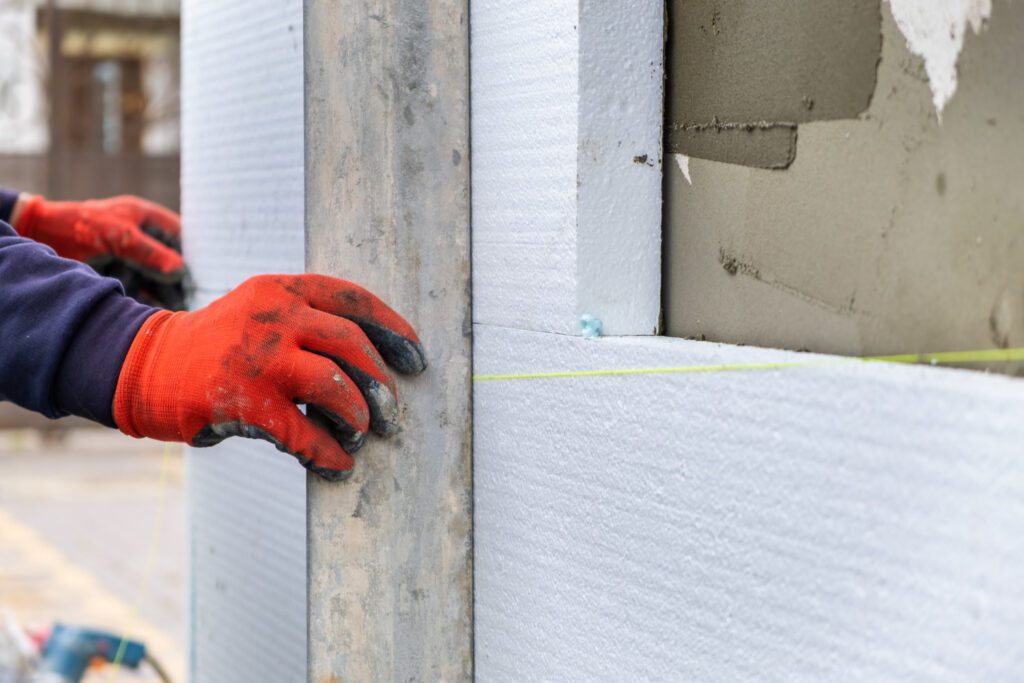
High-Performance Building Case Studies with Foam Board Insulation
The growing emphasis on sustainable construction has pushed building professionals and homeowners alike to adopt more efficient and durable insulation strategies—particularly in retrofit contexts where existing structures must be adapted for 21st-century energy demands. Among the most effective materials in deep energy retrofits are rigid foam board insulations such as expanded polystyrene (EPS), extruded polystyrene (XPS), and polyisocyanurate (polyiso). These materials offer a high R-value per inch, continuous thermal resistance, and moisture resistance, making them particularly effective for both interior and exterior applications.
In this article, we examine several real-world case studies and research-backed resources that illustrate how foam board insulation plays a pivotal role in achieving high-performance building envelopes. From Victorian homes to commercial roofs, these examples provide evidence-based insights that contractors, energy auditors, and homeowners can apply to their own retrofit projects.
Foam board insulation is a proven way to improve energy performance in homes and buildings. Green Insulation offers a reliable source of high-quality reclaimed EPS, XPS, and polyiso to help you build smarter and more sustainably.
1859 Victorian Deep Energy Retrofit – Historic Performance Meets Modern Science
One of the most compelling examples of deep energy retrofit using foam insulation comes from the Building Science Corporation’s retrofit of an 1859 Victorian house in Northampton, Massachusetts. This project aimed to reduce energy usage by at least 70% while preserving the aesthetic character of the historic home.
The building envelope was upgraded using a dual-insulation approach: dense-packed cellulose in the wall cavities, and 4 inches of foil-faced polyisocyanurate rigid foam board applied to the exterior. This continuous exterior insulation mitigated thermal bridging and increased the overall wall R-value to approximately R-35. The air sealing strategies employed in conjunction with the foam board led to a blower door test result of just 1.5 ACH50—significantly lower than the typical code minimum.
The success of this retrofit lies in its attention to building science principles: vapor control, thermal layering, and continuous insulation. The case study is detailed in full at Building Science Corporation’s site: https://buildingscience.com/documents/case-studies/cs-ma-northampton-ngrid-deep-energy-retrofit-comprehensive-1859-victorian.
High-Performance Wall Assemblies in Hot-Dry Climates
The Department of Energy’s Building America program presents another valuable case from a series of projects targeting Zero Energy Ready Homes (ZERH) in hot-dry climates such as California and the Southwest. These wall assemblies are designed to minimize cooling loads and reduce thermal conduction in high solar gain environments.
In these applications, rigid foam boards—usually XPS or polyiso—are installed continuously on the exterior of the sheathing, beneath the cladding, and sometimes in combination with furring strips to create a rain screen. This strategy not only boosts thermal resistance but also allows for drying potential on both sides of the wall assembly, thereby reducing the risk of moisture accumulation.
Several builders achieved net-zero ready performance by combining modest wall cavity insulation (e.g., R-13 fiberglass) with 2–4 inches of continuous foam. These assemblies outperformed code-compliant homes in blower door testing and HVAC efficiency, while also improving comfort in both summer and winter months.
The DuPont™ Larkin Building – Low-GWP Insulation for Commercial Roofs
Commercial retrofits also benefit from rigid foam boards, particularly in roof applications. In the case of the DuPont™ Larkin Building in Buffalo, NY, the re-roofing project utilized Styrofoam™ Brand XPS insulation in a formulation with reduced global warming potential (GWP). This initiative is part of a broader industry trend toward lowering the environmental impact of high-performance materials.
The roof system incorporated multiple layers of XPS board to meet code-required R-values and ensure long-term moisture resistance. Importantly, the use of low-GWP blowing agents in the insulation represented a major environmental benefit without sacrificing performance. This project underscores how insulation manufacturers are responding to regulatory and market pressure by improving the environmental profile of foam products.
Read the full case at: https://www.dupont.com/building/dupont-larkin-case-study.html
Reference Database: DOE High-Performance Building Database
To support further exploration, the DOE maintains the Building Performance Database, a searchable resource of real-world building projects that includes filterable categories such as insulation type, building age, retrofit method, and climate zone.
Users can identify buildings that achieved substantial energy reductions using foam board insulation, often in combination with other envelope upgrades. This database provides robust evidence that reclaimed foam—when properly applied—can meet or exceed the performance of new, code-compliant products.
Environmental and Health Considerations: Weighing Performance Against Sustainability
While rigid foam boards offer significant thermal advantages, some environmental and health trade-offs must be considered. Concerns have been raised around the flame retardants historically used in foam boards, particularly halogenated compounds that persist in the environment.
However, as noted in a detailed feature by BuildingGreen, the insulation industry has begun moving toward halogen-free and reduced-GWP formulations, especially in response to LEED requirements and state-level bans on harmful additives.
The full discussion can be found here: https://www.buildinggreen.com/feature/polystyrene-insulation-does-it-belong-green-building
At Green Insulation Group, we source reclaimed foam boards that avoid the environmental costs associated with new manufacturing while still offering top-tier performance. By diverting usable insulation from landfills, we extend the lifecycle of these materials and reduce the carbon footprint of your retrofit projects.
Foam Board as a Cornerstone of High-Performance Retrofits
The case studies presented here—ranging from century-old homes to modern commercial spaces—demonstrate that rigid foam board insulation is a critical enabler of deep energy retrofits. Whether applied as continuous exterior insulation, roof sheathing, or below-grade perimeter protection, reclaimed EPS, XPS, and polyiso help deliver the airtight, thermally robust envelopes needed to reduce building emissions.
For builders, designers, and energy-conscious homeowners, rigid foam boards represent one of the most cost-effective tools available for achieving high performance without compromising environmental integrity.
To learn more about our inventory of reclaimed foam insulation panels, visit https://greeninsulationgroup.com or contact our team for product availability and project consultation.
